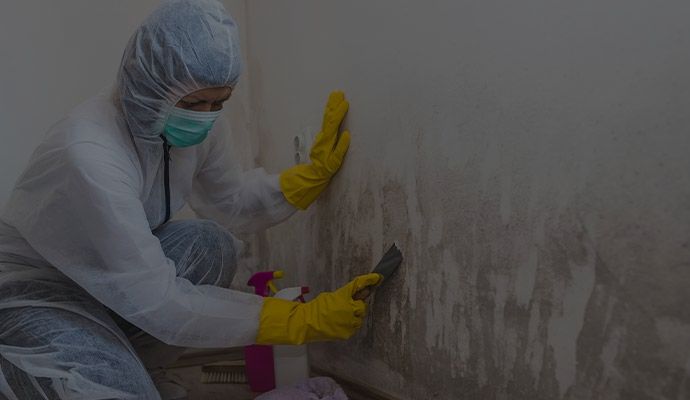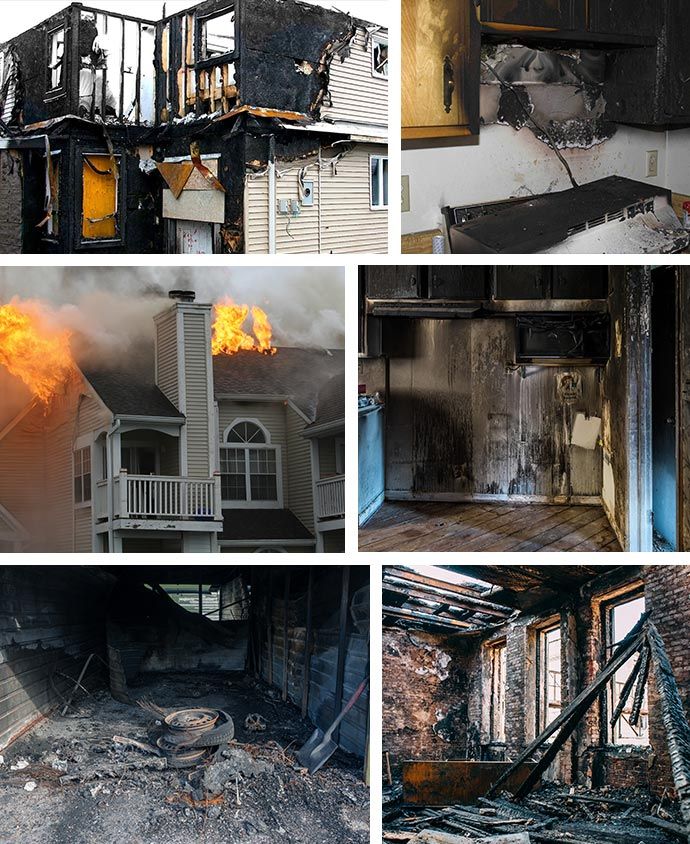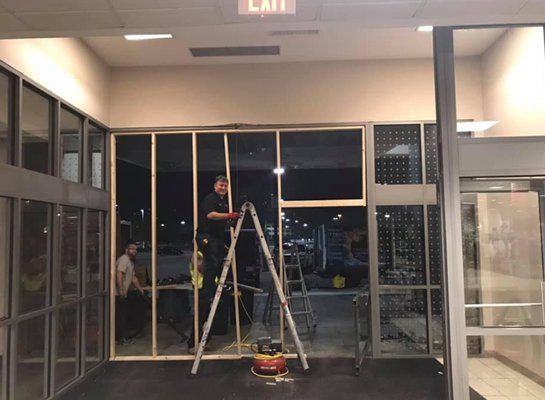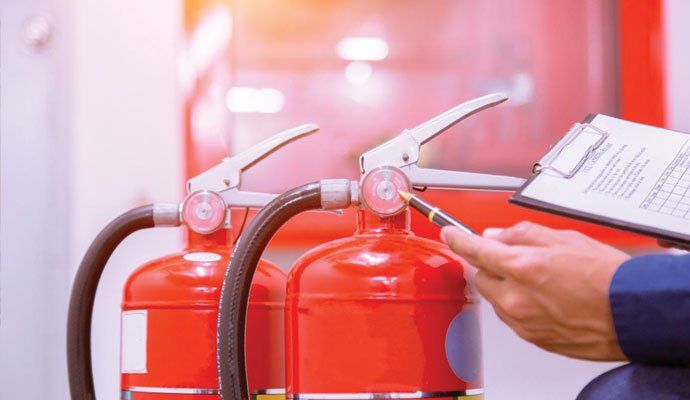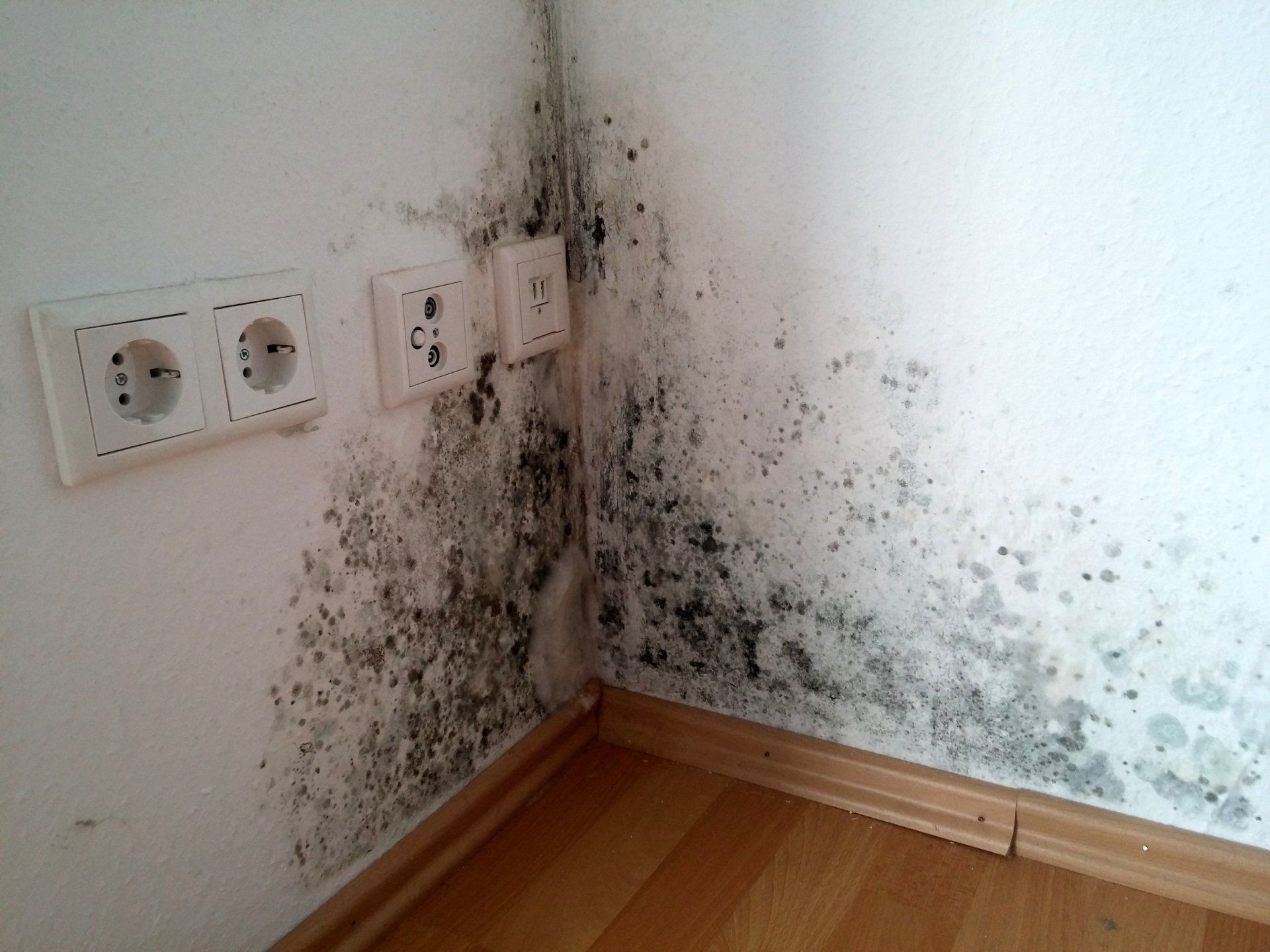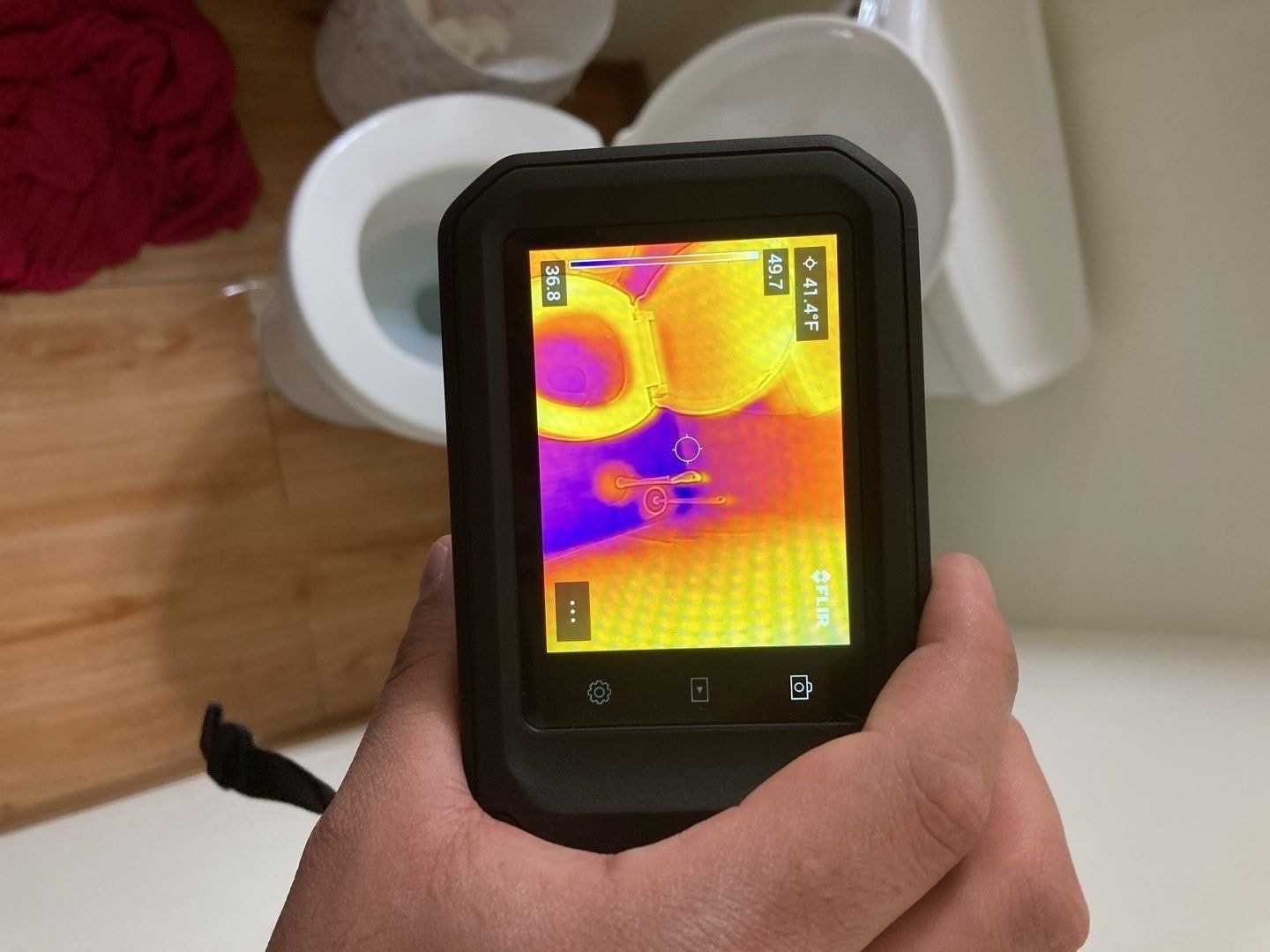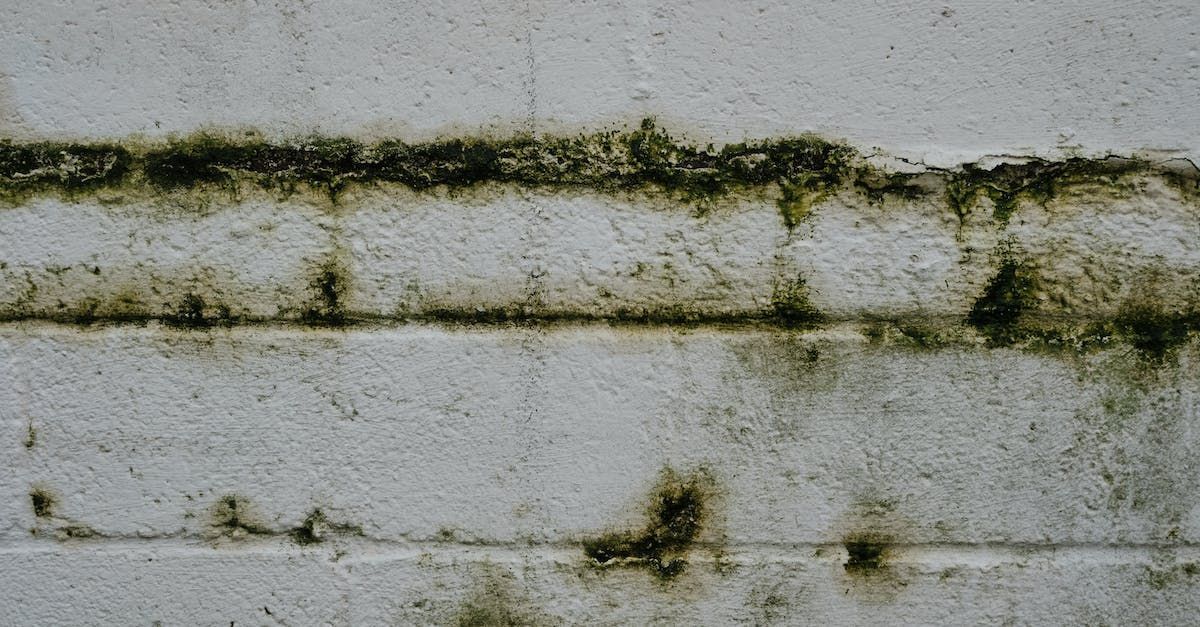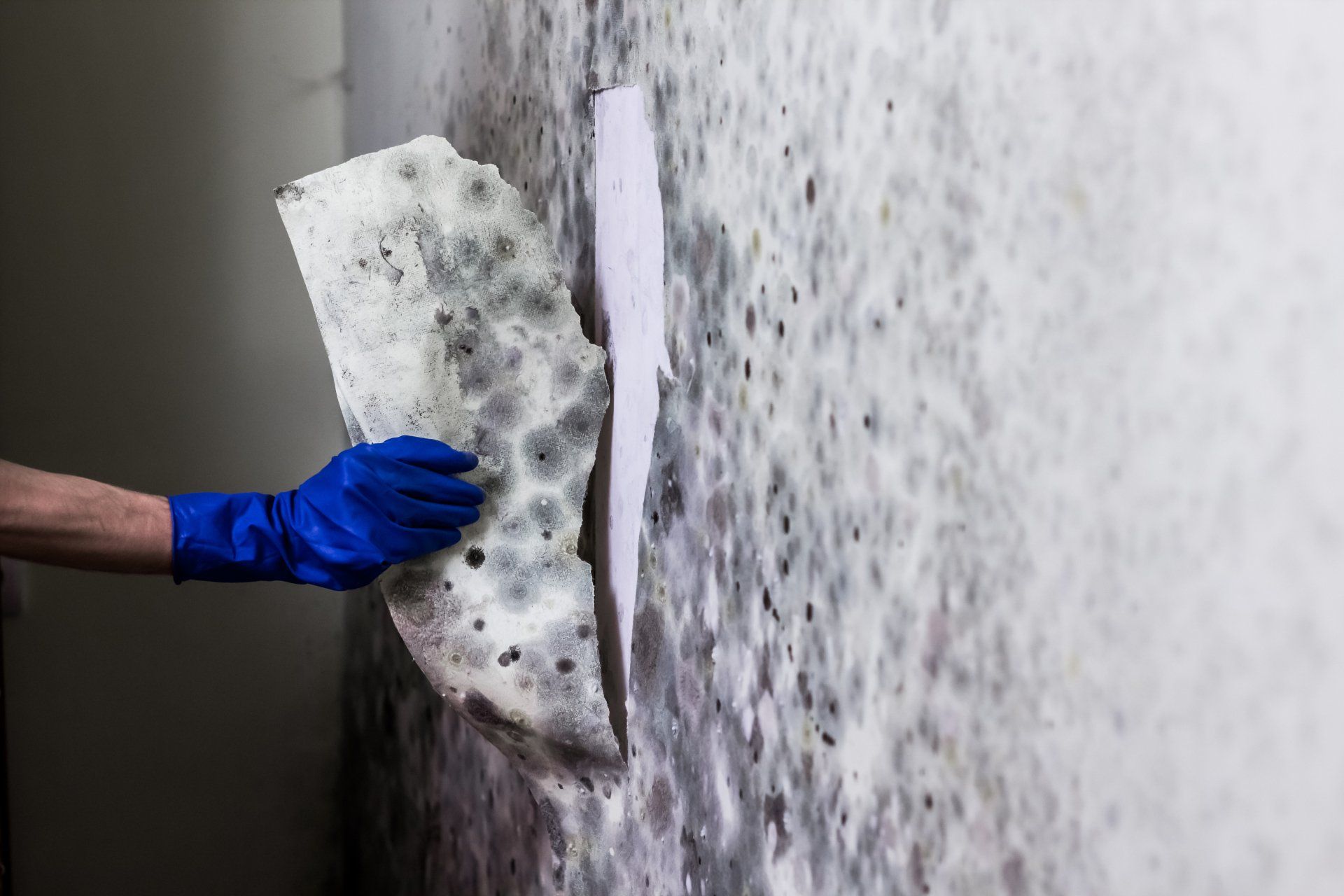Understanding the Cause and Effect of Fire Damage: A Comprehensive Guide

Fires are a natural phenomenon that can cause devastating damage to homes and businesses. Every year, thousands of people around the world feel the full impact of these destructive fires, with costly losses from personal belongings and property damage. How to reduce the potential for devastation? It is important to be aware of what fire damage is, how it occurs, and how professionals can help restore what is lost. In this article, we will explore the cause and effect of fire, what to expect from fire damage restoration services, and how to prevent future fire destruction. Let us start by examining the causes and effects of wildland fires more closely.
Common Causes of Fires
Fires start due to human error, malfunctioning equipment, or natural causes. Knowing the causes of fires is an important part of preventing future events and keeping people safe.
Humans can cause fires through activities such as carelessly discarded cigarettes, barbecues, campfires, and fireworks. They can also start by mowing dry grass or burning debris that gets out of control. In some cases, arson has been known to be the cause.
Malfunctioning equipment is another potential source of ignition for fires. Electrical shorts in power lines can lead to sparks which can ignite combustible materials around them. Even an unattended vehicle that is left running can also cause fires if the catalytic converter becomes heated to a high temperature and catches nearby leaves or grass on fire.
It is important to note that human and natural causes of fires usually occur together. Poorly maintained landscapes, high winds, and hot temperatures are all factors that can contribute to a fire starting and spreading quickly. Knowing the causes of fires can help prevent future incidents from occurring, so it's critical to be aware of them.
By understanding the causes of fires, we can better prepare for potential events.
Natural Causes
Fires, while often caused by human activities such as arson or cigarette disposal, can also be caused by naturally occurring phenomena. Lightning strikes are one of the most common causes of natural fires and are responsible for approximately 10-15 percent of all U.S. fires each year. Hot and dry weather conditions also play a key role in the spread of fires, as these conditions create the perfect conditions for a fire to take hold.
Drought is another major factor in the ignition of naturally occurring fires. When an area experiences prolonged periods without significant rainfall, the vegetation becomes extremely dry and combustible, increasing the likelihood that a small spark can lead to a larger blaze.
Human-induced Causes
How is fire formed? Fire is created when heat and oxygen combine with a fuel source, such as wood, paper, or gasoline. The result is combustion - an exothermic reaction that produces light and heat. If left unchecked, flames can grow quickly and spread to other combustible materials.
When it comes to fires, there are both deliberate and accidental causes. Arson is an example of a deliberate cause, while electrical faults, unattended cooking or candles, and careless smoking are all examples of accidental causes.
The majority of fires can be prevented with proper fire safety education and awareness. Teaching people the dangers associated with certain activities and how to prevent them is key in helping to reduce the number of deliberate or accidental fires that occur.
Technological & Mechanical Failures
Fires caused by electrical malfunctions, gas leaks, and machinery issues can be devastating. It is important to conduct regular maintenance checks on electrical appliances and equipment. This includes checking for faulty wiring or loose connections, ensuring that all gas valves and hoses are in good working order, and inspecting machinery for any potential breakdowns. In addition to regular maintenance checks, it is important to stay up-to-date on local codes and regulations that pertain to safety standards, as these often provide guidance on how to maintain electrical appliances, gas systems, and machinery in a safe manner. Finally, keeping an up-to-date fire extinguisher in close proximity to any potential sources of danger can help ensure a rapid response if a fire does occur.
Immediate Effects of Fire Damage
The devastating destruction caused by fires is immediately evident in the subsequent aftermath. Structures, homes, and other properties are often badly damaged or destroyed entirely, while a strong sense of grief and loss can be felt throughout affected communities.
However, the effects of natural fires go far beyond what is visible to the naked eye. It is important that we recognize these hidden or indirect consequences of fires so that appropriate measures can be taken in order to reduce the immediate impact on affected communities and protect the environment for future generations.
Structural Damage
What are the negative effects of fire? Fires can cause both visible and hidden damage to a building's foundation, walls, and support structures. Visible signs of fire damage include charred wood, blackened brick, or concrete in the home's exterior. Additionally, smoke damage may be visible with discolorations on surfaces or a smoky odor that lingers in the air.
In addition to visible signs of fire, the resulting heat from fires can cause hidden damages that may not be discovered until later. The heat from a large blaze can weaken structural components such as support beams and other wooden frames. Brick or stone walls may develop cracks due to extreme temperatures, which could cause future instability in the building's foundation.
Damage to Personal Property
The emotional and financial implications of losing personal belongings, sentimental items, or important documents to natural fires are devastating. In addition to the destruction of physical property, victims may also experience psychological trauma from the event. People who have lost homes and irreplaceable items can be unable to cope with the loss and may suffer from depression or PTSD as a result.
The financial repercussions of a fire can be severe, depending on the extent of the damage. Homeowners may face insurance payouts that don't cover the full cost of replacing their belongings or rebuilding their homes. In addition, they may have to take extra measures to protect themselves and their property from future fires, leading to additional costs.
Air Quality and Residual Smoke
Unfortunately, fires can also cause significant damage to property and loss of life. Even if your home or business has been spared from direct destruction, you may still be at risk of exposure to smoke and ash from these fires.
Smoke and ash from fires can contain hazardous chemicals. Inhaling smoke-filled air for long periods of time can cause a number of respiratory issues, such as difficulty breathing, coughing, wheezing, throat irritation, and asthma attacks. Even after the fire has been extinguished, these toxins remain in the air ancd on surfaces. This significantly increases the risk of long-term health problems, especially for young children and those with existing respiratory conditions.
Long-term Effects of Fire Damage
Beyond the destruction of property and lives, fires can lead to a loss of vegetation and wildlife habitat, as well as changes in air quality due to smoke inhalation. Additionally, soil erosion caused by fires can affect watersheds and agricultural areas long after the fire has died out. Taking steps to reduce the risk of fires can help minimize these long-term impacts and allow communities to recover more quickly.
Health Concerns
Fires are a natural part of our ecosystems, but when they burn out of control, the resulting smoke and soot pose serious health risks. Smoke from fires can cause people to experience irritation in their eyes, nose, and throat, as well as shortness of breath. It also contains tiny particles that can be inhaled deep into the lungs, leading to inflammation. Over time, this can cause chronic respiratory conditions such as asthma and bronchitis.
In addition, smoke from fires may contain hazardous chemicals which are known to be carcinogens. People living in areas affected by fire smoke should take precautions to limit their exposure, including staying indoors with the windows and doors closed when possible.
Economic Implications
The financial toll of natural fires can be substantial. Reconstruction costs are often necessary to replace destroyed buildings, homes, and other structures. Additionally, insurance companies may not cover all of the losses resulting from fires. This can result in individuals having to pay for repairs or replacements out-of-pocket. Property values may also depreciate due to damage caused by fires. This can be seen in the real estate values of homes and other structures located near fire-prone areas.
It is important to note that fires can also have a long-term economic impact, with many businesses forced to close due to the destruction caused by the fires. These businesses may not be able to recover economically, leading to a loss of jobs and income for local communities.
Environmental Impact
Fires are a major contributor to air pollution as particulate matter and smoke are released into the atmosphere. This smoke can travel hundreds of miles from its origin, impacting communities near and far with smog and other pollutants. Furthermore, fires also release carbon dioxide into the atmosphere, further contributing to climate change.
The destruction of vegetation by fires can have long-term effects on an ecosystem, reducing local biodiversity and impacting the food chain. It also reduces carbon storage capacity in forests, leading to even more emissions that are released into the atmosphere.
Fire management is essential for reducing air pollution as well as protecting ecosystems from destruction. Fire suppression, prevention, and mitigation strategies are all employed in efforts to reduce the impact of fires on local communities and ecosystems.
Fire Damage Assessment: Knowing the Extent
Following a fire, it's important to get professional help assessing the damage to your home or business. Fire inspection professionals are qualified to perform an accurate assessment of the situation and provide an outline for repair in order to return your space to its former condition. In the meantime, there are some steps you can take as an initial self-assessment. First, check for structural damage to the building and its foundation. Take note of any gas leaks, smoke, or water damage, as well as broken windows that could cause further issues down the line. Safety is paramount in this situation; if you suspect a hazardous environment due to fire or smoke, ensure you are not putting yourself at risk by taking measurements. If possible, make use of protective equipment, including masks, gloves, and boots, when inspecting the area.
Mitigating and Restoring Fire Damage
Fire can be destructive, and when natural disasters hit, it's important to act fast. It's critical to have a plan in place for responding quickly and safely. Here are some steps you should take after a fire :
- Ventilate your property: To reduce smoke damage, open windows, and doors to create a cross breeze.
- Protect your property: Cover furniture and other items with plastic sheeting or tarps to protect them from soot and ash.
- Document the damage: Take photos of any damaged personal property for insurance purposes.
- Seek temporary shelter: If your home is uninhabitable, look for temporary housing.
Once the disaster is over, you'll need to repair and restore your property. Professional fire restoration companies use specialized techniques to clean up smoke and soot damage, deodorize the premises, and repair any structural damage.
Preventing Future Fires
Natural fires have been a common occurrence in many areas of the world throughout history. Though they can be devastating to people and ecosystems, understanding fire safety measures is essential for preventing future calamities. Prevention is always better than cure when it comes to fire, as acting fast can help prevent damage from spreading and avoid the destruction of homes and lives.
Implementing fire safety practices such as educating people on the dangers of fire, having emergency plans in place, and creating zones to reduce fuel loads can help protect communities from future disasters. It is also important to stay alert during fire season and follow all safety guidelines. Fire prevention is critical for safeguarding our families and communities from destruction, making it a priority to understand and implement preventive fire safety measures.
Household Fire Safety Measures
Fires are an unavoidable part of nature, but there are steps you can take to help reduce the risk of a fire affecting your home or property. Here are some tips for preventing fires:
- Check smoke detectors and replace batteries regularly. Smoke detectors can alert you to fires before they have time to spread.
- Exercise safe cooking practices. Never leave food unattended or cook with deep-fat fryers.
- Store flammable materials, such as gasoline, propane, and other fuels, in a secure location away from your home and property.
- Make sure all outdoor fires are completely extinguished before leaving the area. Monitor fire conditions regularly on days when temperatures and winds can fuel fires quickly.
- Clear away any debris that could fuel a fire on your property, such as leaves and dry grasses.
- Maintain gutters and roofs free of leaves and pine needles. These materials can act as kindling for a fire.
Industrial and Commercial Fire Prevention
To protect businesses from the dangers of natural fire, here are some best practices:
- Regularly inspect all equipment to ensure it is up-to-date on safety codes and regulations.
- Keep up with regular maintenance and repairs to reduce the risk of a fire caused by equipment failure.
- Ensure employees are adequately trained on fire safety protocols and procedures, including how to respond in the event of a fire.
- Establish emergency evacuation routes in advance and ensure that all staff members know where they should go if an evacuation is necessary.
- Store combustible materials in approved fire-resistant containers and away from sources of heat or flame.
- Ensure safety systems such as alarms and sprinklers are regularly tested to ensure they will work in the event of a fire.
Don't Face Fire Damage Alone: We're Here to Assist
Romexterra Restoration provides expert solutions for natural fire issues that can help protect your property and the environment. Our team of experts is well-versed in the complexities of fire suppression, containment, and management. We offer a comprehensive suite of services to assist homeowners, businesses, and governments with their natural fire mitigation efforts. With our advanced technology and experienced staff at your disposal, you can rest assured that every aspect of the fire situation is being taken care of. We are committed to helping you reduce the risks associated with natural fires while promoting sustainability in your area. Contact us today to get started on our leading fire solutions.
Romexterra Construction Fire and Water Restoration Services Is an all inclusive, Fire and Water Restoration contractor with over 20 years of experience in the field.
Quick Links
Services
Contact Us
(312) 549-9620
dispatch@romexterra.com
750 W Annoreno Dr, Addison, IL, United States

